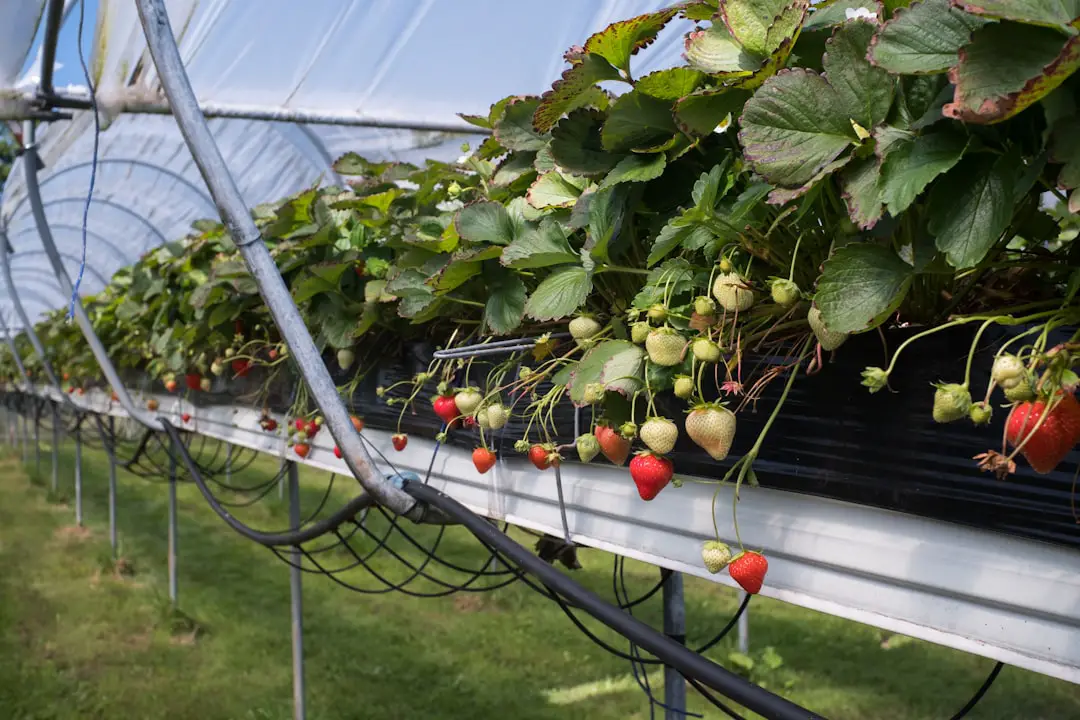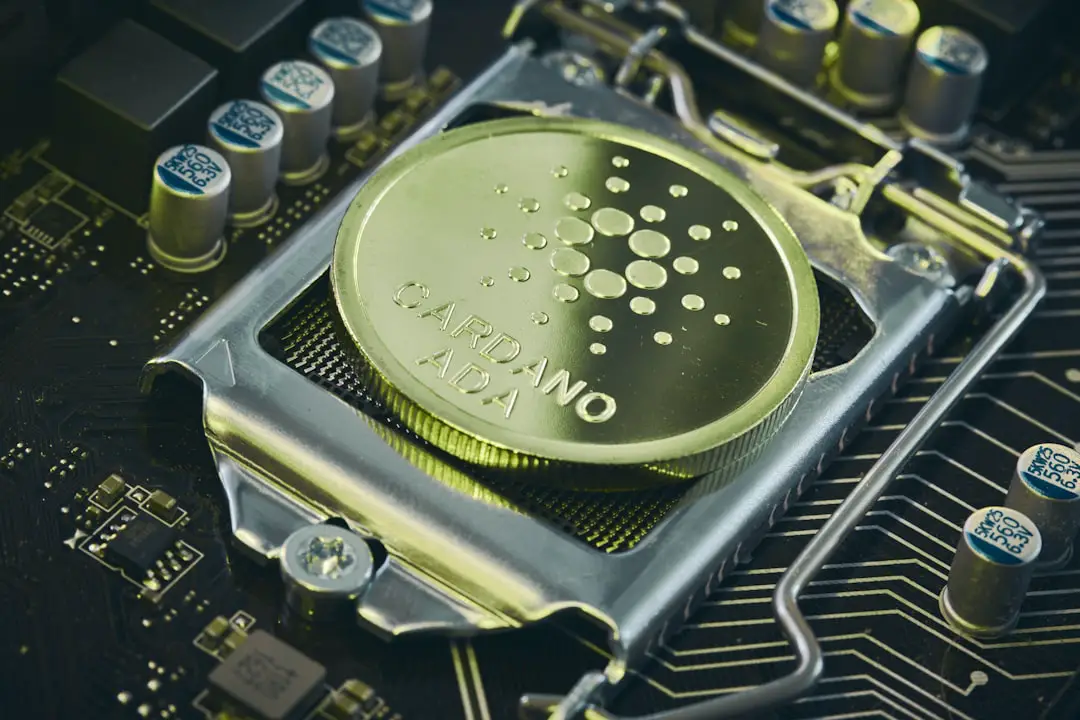
The University of Florida has recently made significant strides in the fields of agriculture and technology with the introduction of Digital Twin technology to simulate a strawberry farm. This innovative technology has not only boosted AI tools but has also helped in cutting costs for farmers.
Digital Twin technology involves creating a virtual replica of a physical entity, in this case, a strawberry farm. By implementing this technology, researchers at the University of Florida have been able to collect real-time data on various aspects of the farm, such as soil moisture levels, temperature, and crop health. This data is then used to optimize farming practices and make informed decisions to improve crop yield.
One of the key benefits of Digital Twin technology is its ability to enhance AI tools. By feeding the virtual data from the simulated farm into AI algorithms, researchers can develop more accurate predictive models for crop growth and disease management. This, in turn, helps farmers to make better decisions and optimize their farming practices.
Furthermore, the use of Digital Twin technology has also resulted in cost savings for farmers. By having a virtual representation of the farm, researchers can test different scenarios and strategies without the need for physical experimentation. This not only saves time but also reduces the risk of failure, ultimately leading to more efficient and cost-effective farming practices.
Overall, the introduction of Digital Twin technology in agriculture is a groundbreaking development that has the potential to revolutionize the way we approach farming. With its ability to boost AI tools, cut costs, and improve crop yield, this technology is sure to have a lasting impact on the agricultural industry.
Source: University of Florida







